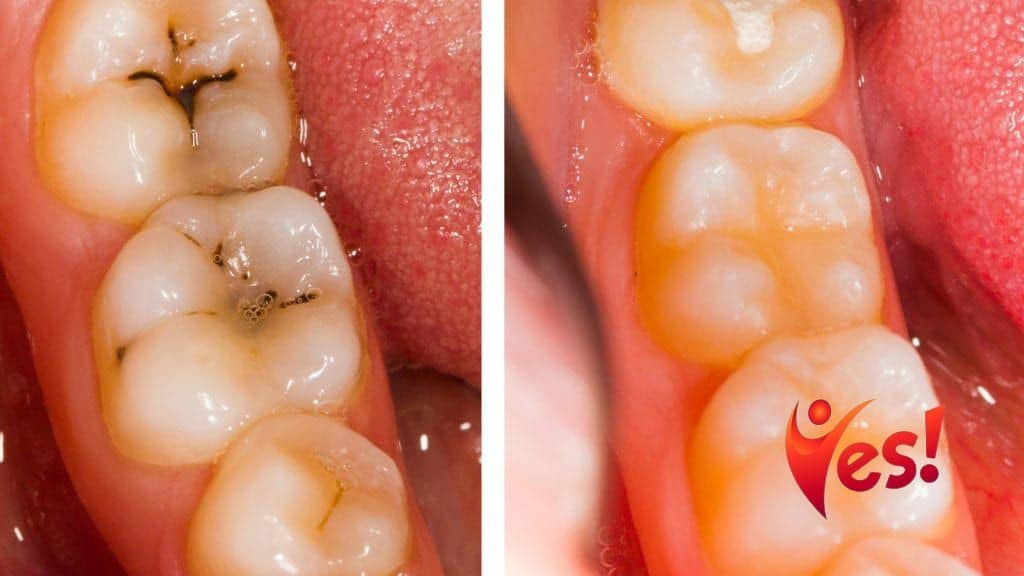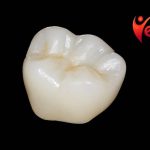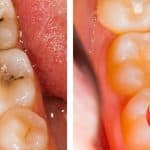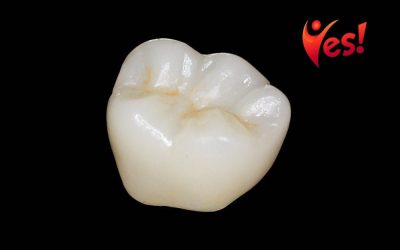Table of Contents
What Is a Composite Filling – Tooth-Colored Fillings?
Are you thinking about getting a composite filling? If so, you’re not alone. This article will explore the benefits of composite fillings, including their durability and low pain. You’ll also learn about their placement and aftercare. Aftercare is the most important factor to consider after having your filling placed. But what is a composite filling? You’ll want to know all of the details before going to your dentist for one.
Durability
The durability of composite filling depends on several factors, including the material used and your dental hygiene routine. Composite fillings typically last for between five and ten years, depending on the size of the filling and the area where it’s located in the tooth. Ideally, a composite filling should last for more than a decade in a healthy tooth. But you can extend the lifespan of your composite filling with good oral hygiene practices.
The process of a composite filling is relatively painless and can be completed in a single visit. Your dentist will probably select the shade of the composite at the beginning of the procedure, which will affect the overall brightness of your teeth. The filling will usually require a numbing agent. After the anaesthetic has been applied, the dentist will prepare your tooth for the procedure and will apply a layer of composite to it.
Although composite fillings are extremely durable, some types of food can cause them to wear down or break down faster than others. These foods include hard candies, dried fruits, nuts, and ice. While composite fillings are durable, some foods can wear them down and cause them to need replacement sooner than they should. If the filling is cracked or worn down, you should schedule an appointment with your dentist as soon as possible. Otherwise, bacteria will get a foothold and cause even more damage to your teeth.
A composite filling offers aesthetic benefits and durability for your smile. The material bonds better with biological tooth enamel, requiring less drilling space. As a result, your new filling will last for at least five years. However, it may not last as long as a traditional amalgam filling, especially if the cavity is large or has been neglected for a long time. Composite fillings are also not susceptible to cracking because of extreme temperatures.
A recent systematic review published in 2007 evaluated the longevity of posterior-tooth fillings, including composites. This review found that the MST of composite fillings was equal to or higher than that of amalgam. Composite fillings last longer in posterior teeth than in front teeth, despite the fact that they are more costly. This review found that composite fillings had a longer average lifespan than amalgam, but amalgam lasted for more than twenty years, and it was not uncommon for composite fillings to last more than 20 years.
Pain level
Composite fillings are fairly painless. The filling is placed into the tooth, and the area is numbed with anaesthetic. After the anesthetic wears off, the composite material hardens to the tooth. Composite fillings are typically a good choice for people who are afraid of dental procedures. The dentist will administer sedation to help a patient cope with the procedure. Talk with your dentist about sedation before the procedure so that you can know what to expect.
The benefits of composite materials include being durable and flexible, and they insulate the tooth from extreme temperature changes. Composite fillings bond to your teeth so well that less tooth is needed to create a filling. However, there is some risk of increased sensitivity. Composite fillings are not without risk. Having one placed in a flexing area of the tooth can increase sensitivity. To reduce the risk of this, you should avoid eating acidic and sugary foods for a few days before the procedure.
As with any dental procedure, a composite filling may cause some pain. However, this pain is generally minimal. The process does not require a long period of time, and you may experience some sensitivity for a few hours afterward. Although you should be prepared to deal with some discomfort, a composite filling is a quick and painless procedure. A local anesthetic will help reduce the amount of pain you experience.
In addition, NRS and VAS are easier to administer and yield similar results. While VAS and NRS are more accurate, it is also more sensitive. VAS and NRS are commonly used in dental research, and they are both valid and sensitive. You can choose any of these methods based on the type of composite filling you have. This will determine whether you are suffering from pain, and how much it affects your daily life.
If you do suffer from tooth decay, a composite filling may be an option. While composite fillings can be permanent, they are not indestructible. Certain habits can cause damage to the filling, including smoking, nail-biting, and chewing on hard objects. Likewise, if you grind your teeth, your dentist may suggest you use a night guard to prevent any problems. But remember, your composite filling should last you 5 or 10 years, so make sure to visit your dentist on a regular basis to ensure that the bond stays strong.
Placement
The placement of composite fillings can restore your smile in several ways. These restorations can look like the color of your teeth and blend in with the rest of your smile. Composites are used in tooth bonding procedures. Composite fillings are applied to the surface of the tooth and polymerized by a visible light source. They are then polished and finished to match the rest of your teeth. This method is one of the most aesthetically pleasing dental procedures, but you can also opt for tooth bonding.
The primary disadvantage of composite fillings in posterior teeth is their postoperative sensitivity. Almost half of the dentists surveyed attributed this to the inherent sensitivity of composite placement techniques. The composites’ sensitivity to moisture makes them more difficult to place in posterior teeth than in anterior teeth. The dentists’ opinion is mixed, however. In addition to their perceived difficulties, the materials’ aesthetic benefits are also important. Therefore, a composite filling is a good option for many patients.
Besides aesthetics, composite fillings are durable and strong. They are often used in smaller cavities and on teeth that do not receive too much pressure from chewing. A dentist places these fillings one layer at a time and cures them between layers with a special light. Afterwards, the dentist will apply a protective night guard to protect your new filling. This will help prevent the composite filling from staining.
Another advantage of composite fillings is that they blend in well with the rest of your teeth, so you do not have to worry about the aesthetics of your new teeth. Because composite resin bonds to the structure of the tooth, less of the natural tooth is removed during the procedure. Composite fillings are also durable and long-lasting, so you won’t experience any sensitivity or irritability after receiving this type of dental filling.
Before placing the composite filling, Dr. Simpson will thoroughly evaluate the condition of your teeth. Your dentist may use a dental probe to check the extent of the decay. If a cavity is suspected, a dental sedation may be used to make you more comfortable. After the procedure is complete, the composite filling is placed. The final layer is shaped to blend in with the rest of your teeth. It takes about a half hour to complete this process.
Aftercare
A composite filling is made from acrylic tar segments and powdered glass. It is used to replace damaged teeth with a permanent filling. The procedure is done in stages. Your dentist will clean the tooth and rot zone, then set down the gum material in layers. A special light is used to restore each layer while ensuring that the tooth remains dry. Your dentist will then shape and clean your new filling.
Once the composite filling has been inserted, you can continue to eat normal foods. Avoid chewing on hard objects or hard foods that can cause stress to your composite filling. Also, avoid drinking beverages that can stain your new filling. Make sure to have regular dental visits, including cleanings. If your filling becomes loose or falls out, you can always ask your dentist to remove it. You can also visit your dentist regularly for a checkup.
After a composite filling procedure, your mouth will be sensitive to saliva, air, and heat. While you are numb, you should not chew or eat anything hard for the first two days. In addition, you should stay away from foods that have high sugar levels and are made of starch. However, if you do eat something hard right after getting a composite filling, you should avoid it for a couple days.
Aftercare of composite fillings should be done with regular dental visits. You should brush your teeth regularly and take care of your dental treatment to make your new filling last longer. It is important to remember that there are some minor side effects, including slight sensitivity, and the shade of your filling will change depending on the foods you consume. Nevertheless, if you follow proper oral hygiene and visit your dentist regularly, your new filling should last for years.
Composite fillings are less noticeable than amalgam fillings and require less boring aftercare. Because they are synthetically reinforced, they are less likely to break, and they are also gentler on the mouth’s delicate tissues. But they do have the same disadvantages as other filling materials. Nevertheless, they can provide a significant amount of protection to your teeth. Therefore, it’s important to follow your dentist’s aftercare instructions after a composite filling procedure.











